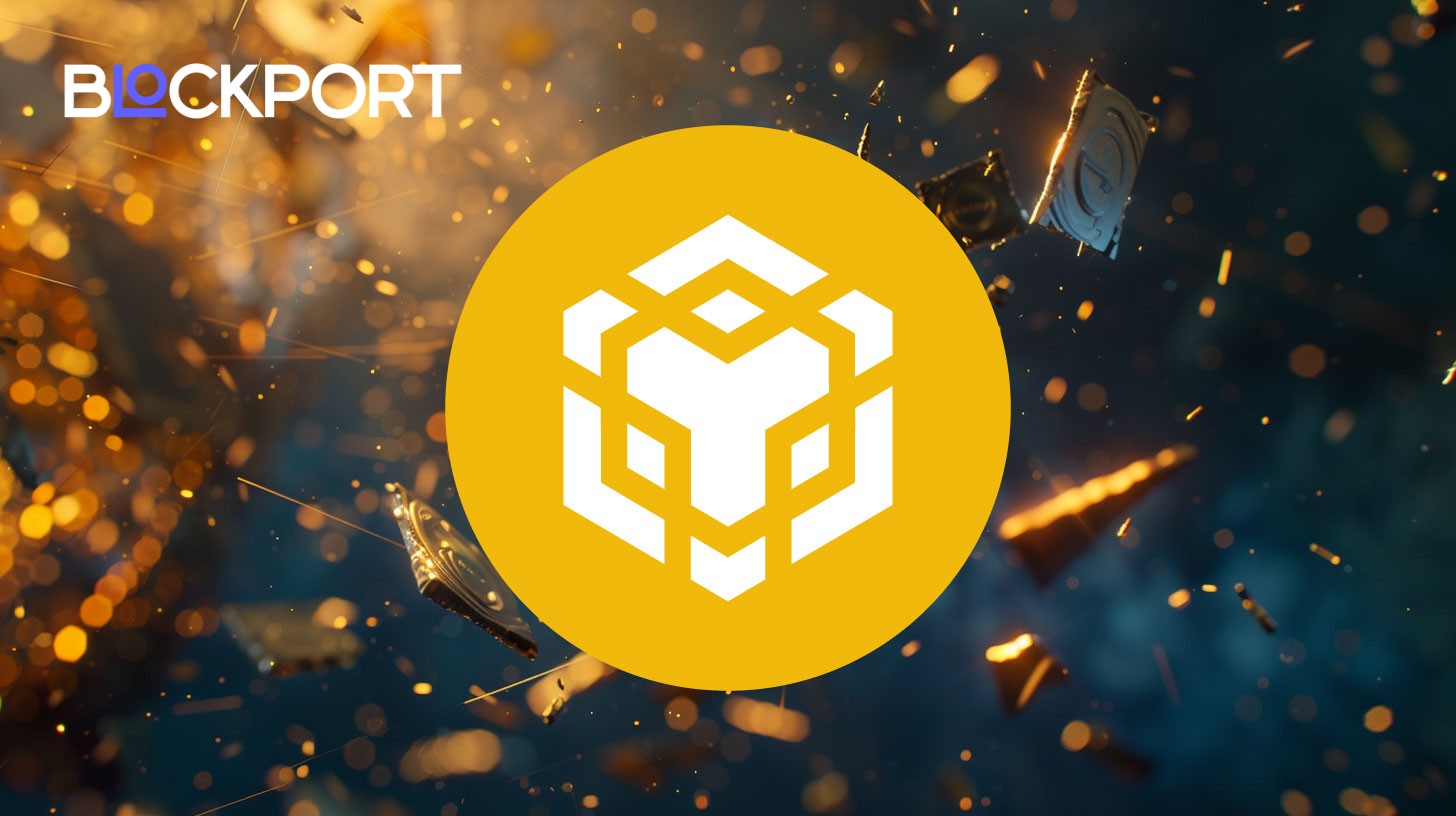BNB to ETH Bridge: Powering Interoperability Between Blockchain Giants

Want to move assets from BNB Chain to Ethereum? This guide shows how to use a BNB to ETH bridge step by step, including cross-chain swaps and wallet setup.
Moving assets between different blockchains is no longer a niche activity. As DeFi matures, users are increasingly looking for seamless ways to shift tokens between ecosystems like BNB Chain and Ethereum. But these networks don’t speak the same language, which is where cross-chain bridges come in.
A bnb to eth bridge allows you to transfer assets between chains securely and without relying on centralized exchanges.
In this guide, we’ll explain how these bridges work, how to use them in practice, and why this technology is essential for unlocking the full potential of a multichain crypto world.
How Does the BNB-to-Ethereum Bridge Work?
The BNB Chain and Ethereum are two of the most widely used networks in the crypto world, but they operate on different architectures and are not directly compatible. To move assets between them, users rely on a bridge BNB to ETH, a tool that enables secure token transfers across chains.
A typical bridge BSC to ETH locks tokens on the BNB Chain and issues a corresponding amount on Ethereum using smart contracts. This process ensures transparency and eliminates the need for third-party custody. Once the transaction is complete, users can access Ethereum-based applications while retaining ownership of their original BNB assets.
Bridges handle the technical complexity behind the scenes. They manage liquidity, wrap tokens, and verify signatures, while presenting the user with a simple and clean interface that makes the process feel instant.
These bridges remove the friction of centralized exchanges and make it easier to move value across ecosystems, helping users unlock the full potential of multichain DeFi.
Step-by-Step: Bridge BNB Chain to Ethereum
Transferring assets from BNB Chain to Ethereum is easier than it might seem. Whether you’re moving BNB to access Ethereum-based DeFi platforms or simply diversifying your holdings, you can complete the transfer in just a few steps.
In this section, we walk through how to bridge BNB to ETH using popular platforms like Symbiosis, Binance Bridge, and Stargate. This guide will help you navigate any BSC to ETH bridge with confidence, from choosing a tool to confirming the final transaction.
Choose a Bridge Platform
Start by selecting a platform that supports BNB Chain to Ethereum transfers. You can use decentralized options like Symbiosis, Stargate, or Celer cBridge, or go with the centralized CEXs Bridge if you already have an account on the exchange.
For this guide, we will use Symbiosis, a user-friendly and decentralized platform that supports direct BNB to ETH transfers.
Connect Your Wallet
To begin, connect your wallet to the bridge interface. On Symbiosis, click “Connect Wallet” and choose a supported option. We recommend using MetaMask, as it works seamlessly with both BNB Chain and Ethereum.
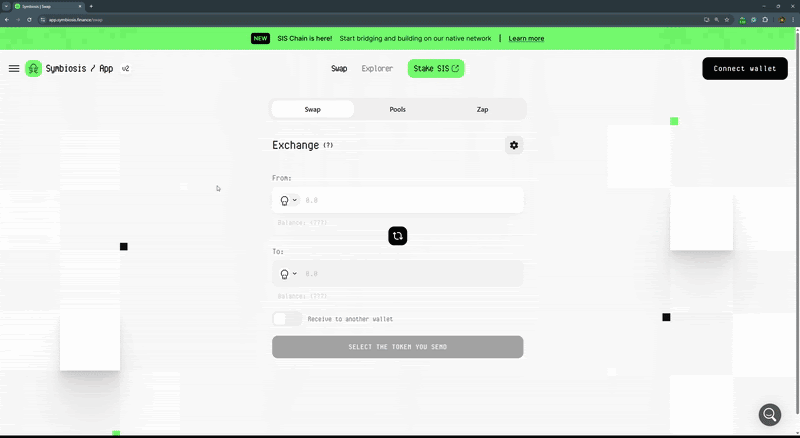
Once connected, make sure your MetaMask is set to the correct network. You may need to manually switch between BNB Chain and Ethereum during the bridging process. If prompted, approve the connection request in your wallet.
Select Chains and Tokens
In the bridge interface, choose BNB Chain as the source network and Ethereum as the destination. Then select the token you want to transfer. For this example, we will swap USDT on BNB Chain and receive USDC on Ethereum. This demonstrates that bridges can handle not only direct token transfers but also cross-chain swaps between different assets.
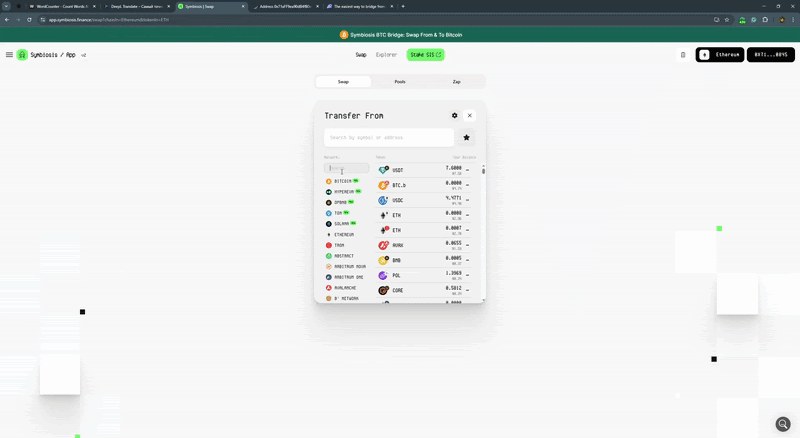
Enter the amount you want to send and review the estimated fees and final amount on the receiving side.
Because both BNB Chain and Ethereum use the same wallet system, your address (like 0x123…) works on both networks. It’s like having the same phone number that works in different countries. You do not need to manually enter a recipient address, which makes the process faster and safer.
Approve and Confirm the Transaction
Before completing the swap, you will be asked to approve the token you are sending. This is a required step in any transaction involving smart contracts on EVM-compatible networks. Think of approval like signing a permission slip that says ‘you can move exactly X amount of my USDT tokens.’ The bridge can only touch what you specifically allow – nothing more.
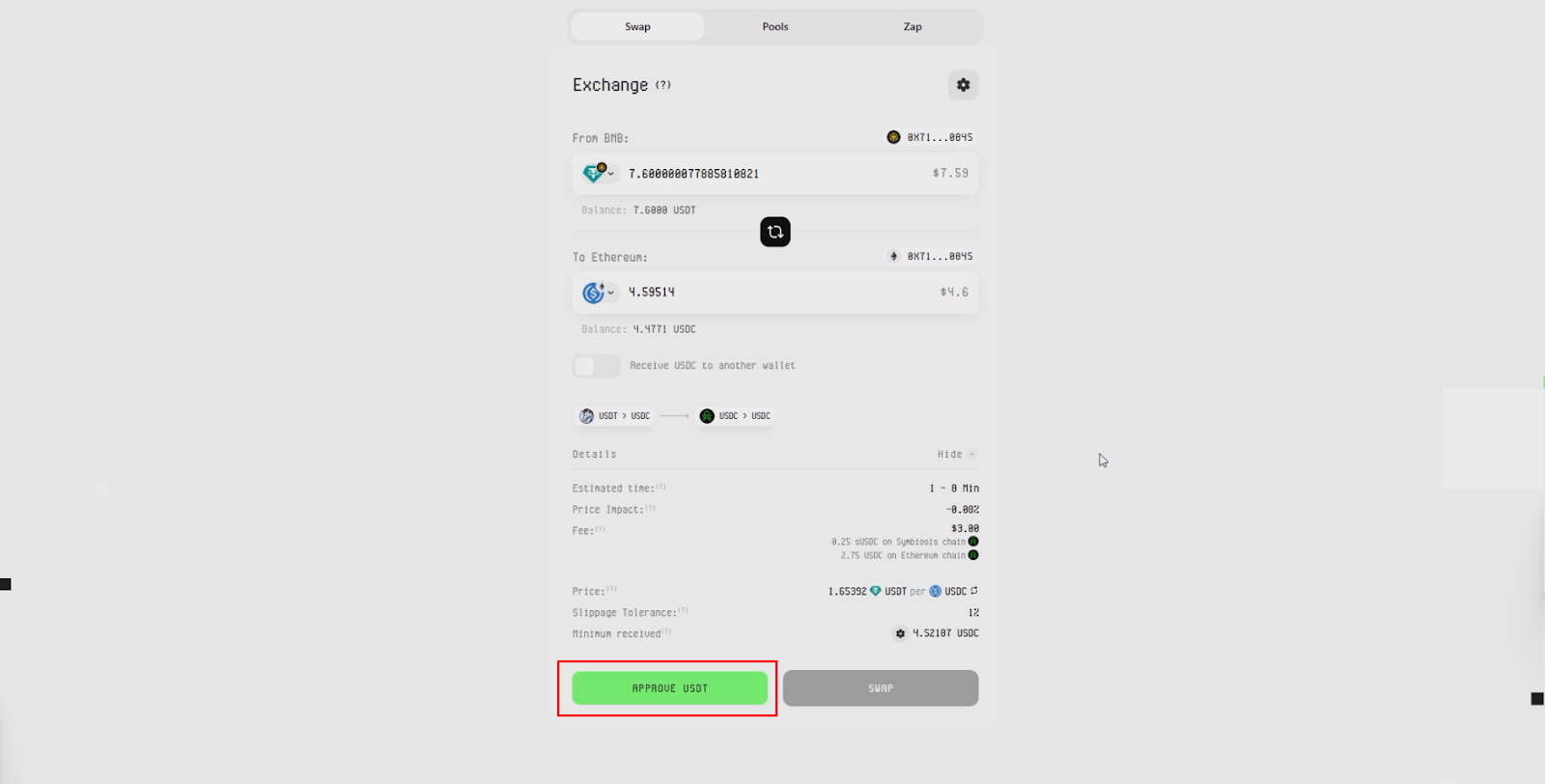
Approval does not move your funds yet. It simply unlocks the ability for the contract to execute the transfer. Once approved, you will see a second prompt asking you to confirm the transaction. This is when the bridge initiates the actual swap and begins processing the cross-chain transfer.
Make sure your wallet has enough gas on the BNB Chain to complete the transaction. After confirmation, the funds will be routed to your Ethereum wallet.
Wait for Completion and Verify the Transfer
Once the transaction is confirmed, the bridge will process your cross-chain transfer. This can take from a few seconds up to several minutes depending on network congestion and the platform you are using.
When the transfer is complete, open your Ethereum wallet and check the balance. You should see the token you selected, such as USDC, credited to your account. You can also check this information in the blockchain explorer.
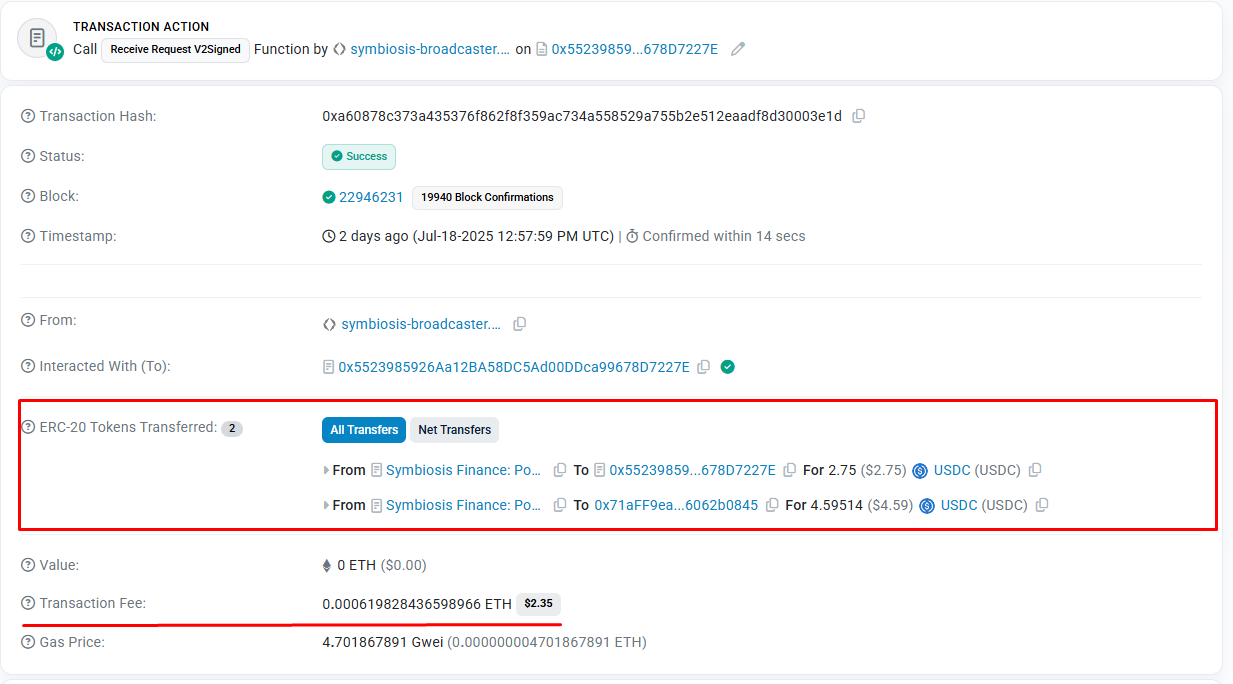
At this point, your assets have successfully moved from BNB Chain to Ethereum using a trusted way to bridge bnb to eth solution.
What Is BNB Chain and How Does It Work?
BNB Chain is a high-performance blockchain ecosystem developed by Binance. It was built to support scalable smart contracts, low-cost transactions, and fast block finality, making it a popular choice for DeFi protocols, gaming platforms, and token-based applications.
Unlike Ethereum, which is often congested and expensive during peak periods, BNB Chain offers much lower fees and faster confirmation times. It is fully compatible with the Ethereum Virtual Machine, which means that developers can deploy Ethereum-based smart contracts without modification.
BNB Chain plays a vital role in cross-chain activity. As users interact with multiple networks, the need to transfer value between ecosystems continues to grow. That is why tools like a BNB to ETH bridge are so important. They allow users to move assets freely, access new dApps, and take advantage of what both chains have to offer without friction.
Content on BlockPort is provided for informational purposes only and does not constitute financial guidance.
We strive to ensure the accuracy and relevance of the information we share, but we do not guarantee that all content is complete, error-free, or up to date. BlockPort disclaims any liability for losses, mistakes, or actions taken based on the material found on this site.
Always conduct your own research before making financial decisions and consider consulting with a licensed advisor.
For further details, please review our Terms of Use, Privacy Policy, and Disclaimer.



